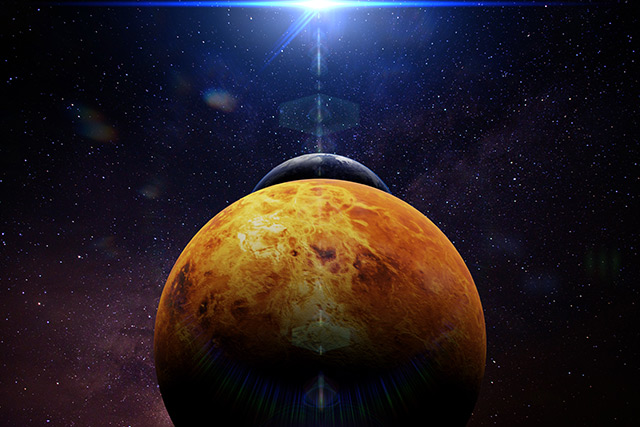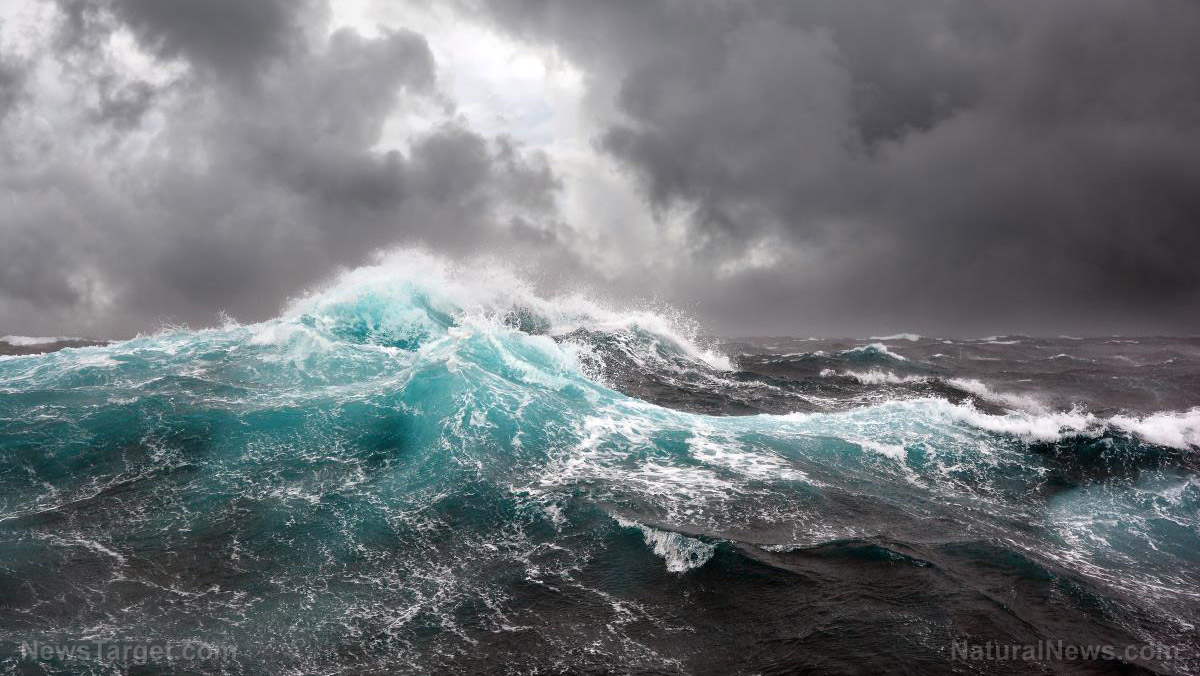Spying from space: New satellite can produce “crystal clear” images of any place on Earth
02/08/2021 / By Virgilio Marin

A new satellite from American space company Capella Space can produce “crystal clear” radar images of any place in the world and even peer through certain structures. Called Capella-2, the bedroom-sized satellite beams radio signals that can penetrate imaging barriers like cloud cover and nighttime to produce high-resolution radar images that show the inside of lightweight structures.
Capella Space launched the satellite to space in August but has only unveiled it this December. When asked about privacy concerns, the company stated that the device cannot be used for spying even though it’s better at viewing Earth than other surveillance and observational satellites.
The best satellite yet of its kind
Capella-2 is about the size of a washing machine when launched into orbit. But it grew to the size of a small bedroom after deploying a minivan-long boom upon reaching space. It is equipped with an impressive system of cameras and sensors, boasting more than 1,300 feet of cables and wiring linking more than 100 individual boards and electronics.
“The whole system is nothing short of remarkable,” said Capella Space CEO Payam Banazadeh, a former engineer at the National Aeronautics and Space Administration (NASA)’s Jet Propulsion Laboratory.
The satellite uses an imaging method called Synthetic Aperture Radar (SAR). SAR is the same technology NASA has been using since the 1970s. It can view Earth regardless of air visibility, cloud covering or time of day. It does this by blasting 9.65 gigahertz radio signals toward the planet and interprets the pulses that bounce back to form a visual.
“At that frequency, the clouds are pretty much transparent. You can penetrate clouds, fog, moisture, smoke, haze,” Banazadeh told Futurism.
Capella Space launched a prototype satellite in 2018 and updated it to improve image resolution and quality, latency and user experience. The updates include the use of something called “Spotlight mode,” which allows for exposure times of up to 60 seconds. Thanks to this, the satellite can produce higher-resolution images, with each pixel measuring 50 centimeters (cm) by 50 cm. Most satellites are only capable of resolutions of around five meters.
“Our 50 cm x 50 cm Spot imagery is the highest resolution SAR imagery in the commercial market that is allowed by U.S. regulations,” Banazadeh said.
Capella Space interacts with the satellite through a ground software deployed in remote places and giant data centers across five continents, according to Banazadeh. The company is now developing a satellite constellation of 36 devices that can collectively monitor any place in the world every hour. As for now, the firm is accepting image requests for a price.
Can the satellite be used for spying?
But as impressive as the satellite is, its near-panoptic capabilities pose alarming privacy issues. In fact, Capella Space has already secured contracts with government agencies such as the Department of Defense‘s National Reconnaissance Office and the Air Force. And from the looks of the satellite’s sample images, the device produces “ghost-like” images that make building walls see-through.
But Capella Space stated that the ghost-like appearance is caused only by “imagery distortion” and is not an actual effect that can capture what’s going on inside buildings.
“What appears as a black and white optical satellite image is, in reality, a visual representation of the radar data,” the company said in a statement.
Moreover, the technology uses radio waves. Though capable of traveling through walls like cell phones and Wi-Fi, radio signals weaken as they move further away from their source. By the time they reach Earth, these signals have gotten so weak that they cannot be used to peer through dense structures like houses. They can, however, be used to spot airplanes inside hangars, for instance. (Related: Unmanned airship fitted with a surveillance camera can spy on people from above.)
Banazadeh said that he envisions the Capella-2 as pivotal to humanitarian work. It can help monitor the spread of forest fires and track deforestation, among other things.
“All of these breakthroughs, innovations and milestones will ultimately help our U.S. Government, commercial and international ally customers make critical, high-impact and potentially life-saving decisions,” Banazadeh said.
Read more stories about exciting new technologies at FutureTech.news.
Tagged Under: breakthrough, Capella Space, future science, future tech, goodtech, innovation, inventions, radar image, satellites, space, spying, surveillance
RECENT NEWS & ARTICLES
NewScienceReport.com is a fact-based public education website published by New Science Report Features, LLC.
All content copyright © 2018 by New Science Report Features, LLC.
Contact Us with Tips or Corrections
All trademarks, registered trademarks and servicemarks mentioned on this site are the property of their respective owners.





















